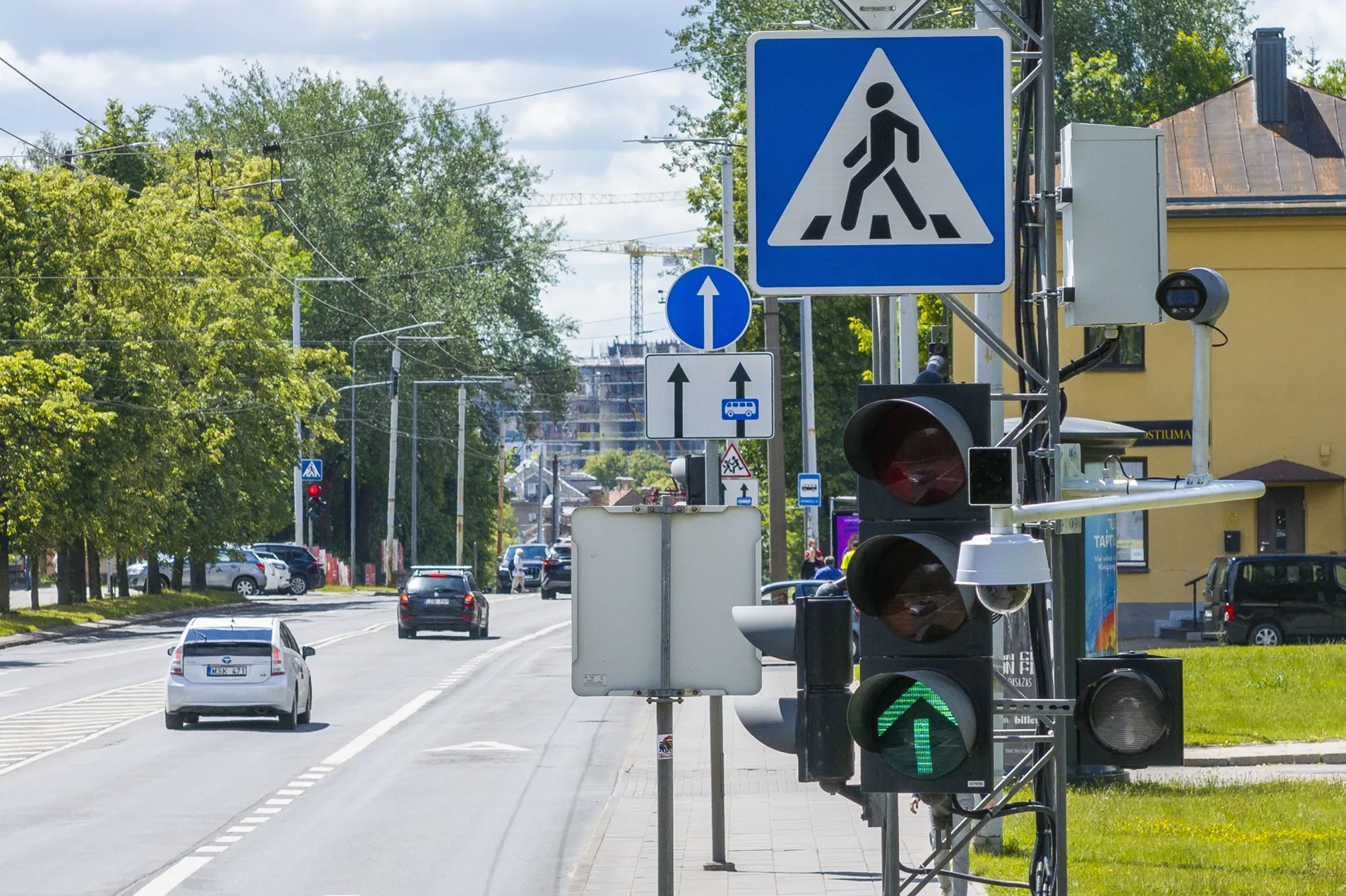
Latvian telecoms operator LMT is testing a traffic monitoring system at one intersection in Lithuanian capital Vilnius.
It will run in test mode until 15 August, in partnership with Lithuanian system integrator Fima, to provide information on traffic violations at the junction - specifically, red-light running and illegal turns.
The system will also monitor who is driving in a bus lane, detecting unauthorised vehicles. It combines high-resolution cameras with machine vision and edge computing.
Traffic infringements are evaluated on the edge, with data sent to servers through the mobile network for further analysis.
“This collaboration marks our second export customer, and we're pleased it's in the Baltics – our home region," says Glebs Cernovs, partnerships development manager at LMT.
Cernovs says he is also "open to new collaborations on testing the LMT smart traffic monitoring platform across Europe, especially the CEE region, as we see plenty of potential in enhancing traffic safety there".
The system is already in use in several locations in Latvia, and in the Austrian city of Graz.
Key features include the identification and classification of objects, their location and trajectory, and the identification of licence plate numbers and traffic light signals.
The firm says edge computing enables the use of existing mobile network coverage and reduces installation requirements – it can be installed "in a matter of hours without construction" and an electrical connection.
LMT's platform is fully GDPR-compliant, as well as 4G-compatible and 5G-ready, which means it can be installed in any city with mobile network coverage.








